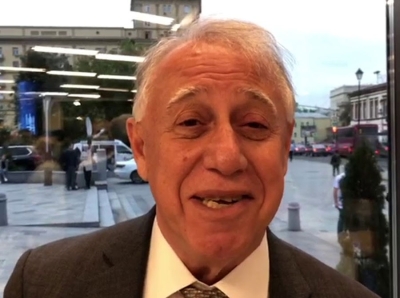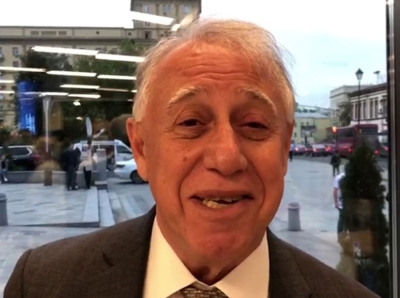
Corinne Adams’ son Charlie came home from school with notes from his teacher saying he was doing great in reading. He seemed to be able to read the little books he was getting at school. But during the pandemic, Corinne had to give him a reading test at home, and she realized her son couldn’t read. He’d been memorizing books that were read to him but he didn’t know how to read new words he’d never seen before. Corinne decided to teach him herself.
It’s a surprisingly common story. And kids who aren’t on track by the end of first grade are in danger of never becoming good readers. Two thirds of fourth graders in the United States are not proficient readers. The problem is even worse when you look beyond the average and focus on specific groups of children: 83% of Black fourth graders don’t read proficiently.
American Public Media reporter Emily Hanford digs into a flawed theory that has shaped reading instruction for decades. The theory is that children can learn to read without learning how to sound out words, because there are other strategies they can use to figure out what the words say. Strategies like “look at the picture” or “think of a word that makes sense.”
Research by cognitive scientists has demonstrated that readers need to know how to sound out words. But some teacher training programs still emphasize this debunked theory, including books and classroom materials that are popular around the world. Scientists say these strategies are teaching children the habits of struggling readers. Kids learn to skip letters and words and struggle to understand what they’re reading.
Hanford looks at the work of several authors who are all published by the same educational publishing company. One, Lucy Calkins, is a “rock star” among teachers. Her books and training programs are wildly popular. Calkins has now decided to rewrite her curriculum in response to “the science of reading.” But other authors are sticking to the idea that children can use other strategies to figure out the words. Their teaching materials are in classrooms all over the country.
Reporter Christopher Peak also contributed to this story.
Dig Deeper
Read: Check out Emily Hanford’s collected reporting on reading
Listen to the entire APM series, “Sold a Story.”
Explore: Emily Hanford put together a reading list and podcast discussion guide to accompany the “Sold a Story” series.
Credits
Correspondent and producer: Emily Hanford | Reporter: Christopher Peak | Editor: Catherine Winter | Original score: Wonderly | Production manager: Steven Rascón | Sound design: Jim Briggs and Fernando Arruda | Music: Chris Julin | Post-production team: Kathryn Styer Martinez | Digital producer: Sarah Mirk | Episode art: Molly Mendoza | Executive producers: Brett Myers and Taki Telonidis | Host: Al Letson
Support for Sold a Story was provided by the Hollyhock Foundation, the Oak Foundation, and Wendy and Stephen Gaal. Support for Reveal is provided by the Reva and David Logan Foundation, the John D. and Catherine T. MacArthur Foundation, the Jonathan Logan Family Foundation, the Ford Foundation, the Heising-Simons Foundation, the Hellman Foundation, the Robert Wood Johnson Foundation, and the Park Foundation.






















